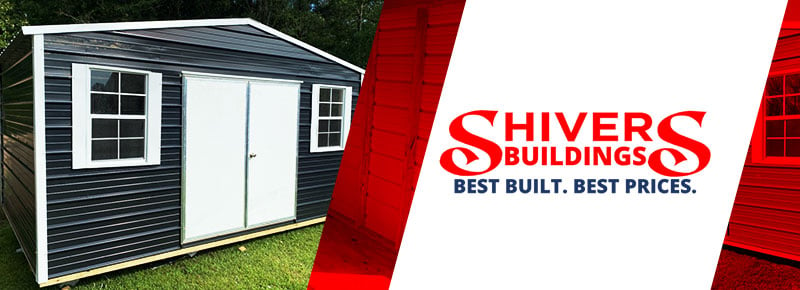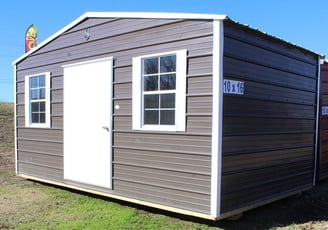Are you curious about the tiny home movement but unsure where to start? You're not alone! Tiny homes have captured the imagination of people around the world, offering a minimalist lifestyle and sustainable housing solution. Today, we'll explore the basics of tiny homes, from what defines them to the benefits of tiny living and considerations for those interested in exploring this unique housing option.
What is a Tiny Home?
A tiny home is a compact dwelling typically ranging from 100 to 400 square feet in size. These homes are designed to maximize space efficiency and minimize environmental impact, offering a simpler, more sustainable way of living. While tiny homes come in various shapes, sizes, and styles, they all share the common trait of prioritizing functionality and minimalism.
Typical Size Ranges
Tiny homes come in a range of sizes, from ultra-compact micro homes under 100 square feet to more spacious models approaching 400 square feet. The size of a tiny home often depends on factors such as local zoning regulations, personal preferences, and intended use. Some tiny homeowners opt for a "tiny house on wheels," allowing for mobility and flexibility, while others choose a stationary foundation-based tiny home.
Common Features
Despite their small size, tiny homes can be equipped with all the amenities of a traditional house, including a kitchen, bathroom, sleeping area, and living space. Many tiny homes incorporate space-saving features such as lofted sleeping areas, multi-functional furniture, and innovative storage solutions to maximize functionality. Additionally, tiny homes often embrace eco-friendly design principles, such as energy-efficient appliances, sustainable materials, and off-grid utilities.
Different Styles of Tiny Homes
Tiny homes come in a variety of styles, ranging from modern and minimalist to rustic and traditional. Some popular styles include:
- Contemporary: Sleek, minimalist design with clean lines and modern finishes.
- Cabin: Cozy, rustic charm with natural wood accents and a warm, inviting atmosphere.
- Industrial: Urban-inspired design with exposed brick, metal accents, and industrial elements.
- Cottage: Quaint, cottage-style architecture with charming details and a cozy, lived-in feel.
Benefits of Tiny Living
There are many benefits to living in a tiny home, including:
- Affordability: Tiny homes are often more affordable than traditional houses, offering a lower upfront cost and reduced ongoing expenses.
- Sustainability: Tiny homes have a smaller environmental footprint due to their reduced size and energy-efficient design features.
- Minimalism: Tiny living encourages a simpler, more minimalist lifestyle, freeing homeowners from the burden of excess possessions and promoting a greater sense of contentment and fulfillment.
- Flexibility: Tiny homes offer greater flexibility and mobility, allowing homeowners to easily relocate and explore new places without sacrificing the comforts of home.
Considerations for Tiny Home Living
Before diving into tiny home living, it's essential to consider factors such as:
- Zoning regulations: Check local zoning laws and building codes to ensure that tiny homes are permitted in your area.
- Space limitations: Assess your space needs and lifestyle preferences to determine if tiny home living is a good fit for you.
- Financial considerations: Consider the upfront costs, ongoing expenses, and potential financing options associated with tiny home ownership.
- Community and social aspects: Think about how tiny home living will impact your social life, community involvement, and relationships with friends and family.
Tiny homes offer a unique and innovative housing option for those seeking a simpler, more sustainable way of living. Whether you're drawn to the affordability, sustainability, or flexibility of tiny living, there's no denying the appeal of these compact dwellings.



Leave a Comment